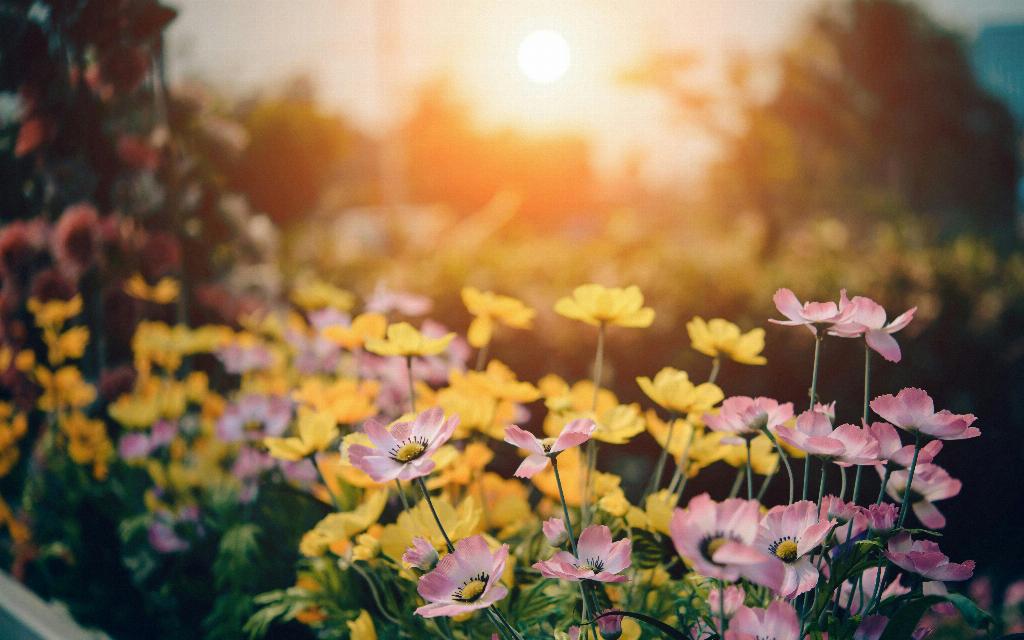When it comes to selecting the most suitable material for planter liners, one can’t overlook the significance of durability and functionality. The liner not only enhances the aesthetic appeal of the planter but also plays a crucial role in preserving the planter’s longevity.
Understanding the Importance of Liners
Liners act as a protective barrier between the soil and the planter itself. They prevent water seepage, root rot, and protect the planter from warping or rotting over time. The choice of liner material can significantly impact the overall health and lifespan of the planter.
The Benefits of Plastic (HDPE) Liners
Among the various materials available for planter liners, plastic, particularly High-Density Polyethylene (HDPE), stands out as a top choice for several reasons. Plastic liners are known for their thickness and durability, making them resistant to degradation from soil microorganisms and water exposure.
Durability and Longevity
Plastic liners, such as HDPE, offer exceptional longevity, ensuring that your planters remain intact and structurally sound for an extended period. Their resilience to environmental factors makes them a reliable option for both indoor and outdoor planters.
Protection Against Moisture
One of the primary functions of a planter liner is to shield the planter from excess moisture. Plastic liners effectively prevent water from seeping into the planter, reducing the risk of water damage, rot, and deterioration.
Compatibility with Various Planter Types
Plastic liners are versatile and can be used with different planter materials, including wood and metal. Their adaptability makes them a practical choice for various planting containers, ensuring consistent protection and functionality.
Easy Maintenance and Cleaning
Plastic liners are low maintenance and easy to clean, requiring minimal upkeep to retain their quality and appearance. Regular cleaning with mild soap and water can help preserve the liner’s integrity and prolong its lifespan.
Environmental Considerations
While plastic liners are non-biodegradable, their long lifespan and durability contribute to sustainability by reducing the need for frequent replacements. Proper disposal and recycling of plastic liners can mitigate environmental impact.
Aesthetic Appeal
Plastic liners are available in various sizes and colors, allowing for customization according to your planter’s design and style. They can seamlessly blend in or complement the overall aesthetic of your planters.
Cost-Effectiveness
Plastic liners offer excellent value for money due to their durability and longevity. Investing in high-quality liners, such as HDPE, can result in long-term savings by minimizing the maintenance and replacement costs associated with inferior materials.
Conclusion
When it comes to selecting the best material for planter liners, plastic, particularly HDPE, emerges as a superior choice due to its durability, functionality, and compatibility with various planter types. By prioritizing quality liners, you can enhance the lifespan of your planters and ensure optimal plant growth and health.

